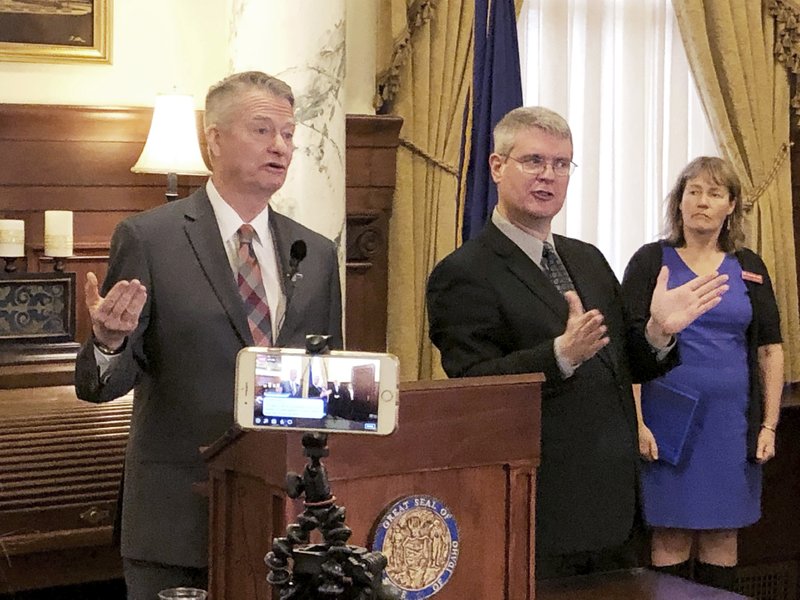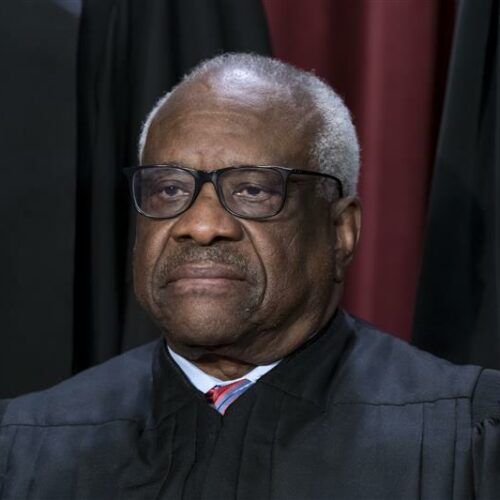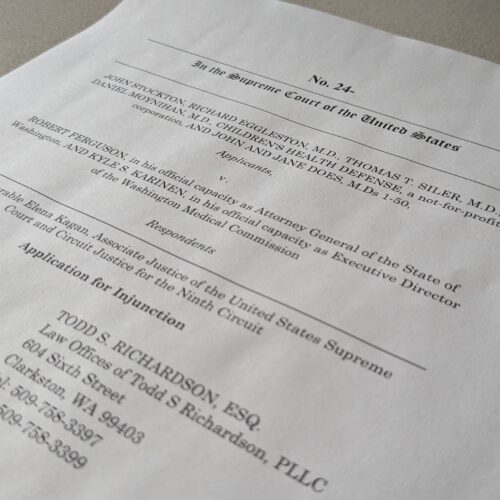
Coronavirus In Idaho: Moscow Closing Bars And Restaurants As Cases Grow Statewide
READ ON
BY SCOTT LEADINGHAM / NWPB, DOUG NADVORNICK / SPR & REBECCA BOONE / AP
Updated March 21, 2020, 1:30 p.m. PT
The new coronavirus, and the disease COVID-19 it causes, continue to make their presence known in Idaho.
In the latest local development Friday, the city of Moscow will close bars and restaurants for in-house servicing beginning at midnight Saturday, March 21 until May 5, 2020.
The move came Friday in a city council meeting intended to let Mayor Bill Lambert make an emergency order.
According to the order, gatherings of more than 10 people are prohibited, and all bars and restaurants in the city must close for in-house dining service. Food pickup, take-out and delivery are still allowed.
The initial order from the mayor was to last at least seven days. The city council then voted to extend the closure until May 5.
The move comes as more Idaho counties, cities and school districts close facilities. Gov. Brad Little has so far declined to make any statewide orders.
Not all Moscow city councilors attended the Friday afternoon meeting. Council member Anne Zabala dialed in by phone, and was notably hesitant before voting to let the mayor act.
Lambert noted that although there are not yet any confirmed COVID-19 cases in the city or Latah County, the move is necessary to help protect public health and safety.
Fast-Moving Developments
And in a week of fast-moving developments, there were two more Thursday: The first confirmed case in North Idaho is in Kootenai County. The Panhandle Health District said Thursday the man in his 60s has mild symptoms and he’s resting at home.
Gov. Little said the second development involves a county in south-central Idaho.
MORE: Coronavirus News, Updates, Resources
“We’re receiving confirmation this afternoon that limited community spread of coronavirus has been detected in Blaine County,” Little said during a Thursday news conference. “That means this is the first time in Idaho that a person contracted the virus from an unknown source in their community. Up until now, all confirmed cases were the result of travel to an area outside of the state or from close contact with someone who contracted the virus through travel.”
That prompted the state to issue an isolation order for Blaine County. It means certain public places will be closed, but grocery stores and health care facilities will remain open.
Idaho has not yet issued a statewide order closing schools, bars or restaurants, though many local districts have shut their doors.
As of Thursday evening, the state had 23 confirmed cases, including 16 in Blaine County. That number is expected to rise as more tests come in.
AP Idaho Hospital Beds Analysis
Idaho has fewer than 2,300 general care hospital beds statewide, with fewer than half of them estimated to be empty and available to take new patients on any given day, according to an Associated Press analysis of Centers of Medicare and Medicaid cost reports data.
But officials with the Idaho Hospital Association say their count of hospital beds statewide is far higher, with roughly 2,800 acute care beds — including 555 intensive care beds — reported in Idaho this year. The AP excluded specialty care beds such as those designated for psychiatric care, alcohol and drug dependency care and rehabilitation from both sets of numbers.
Either number means there may not be enough beds for coronavirus patients if even the most conservative estimates from state epidemiologists are accurate.
The number of COVID-19 cases in Idaho continues to grow, with 12 new cases in central Idaho’s Blaine County announced Thursday and Gov. Brad Little placing the region under mandatory isolation orders in an effort to stop community spread of the illness. Many hospitals nationwide are bracing themselves for an expected onslaught of coronavirus patients. The number of available beds is critical to each facility’s ability to manage the incoming surge.
The AP compiled the data showing bed counts and average occupancy levels at more than 3,000 short-term acute care hospitals in the United States for fiscal year 2018, the most recent publicly available numbers.
MORE: Coronavirus News, Updates, Resources
State health officials estimate that somewhere between 15% and 35% of Idaho’s 1.7 million residents could be infected with COVID-19 during the course of the pandemic. Most of those cases will be mild, with patients able to recover safely at home. But an estimated 10 to 20 percent of people with COVID-19 need to be hospitalized during their illness, and some end up in ICU beds and on ventilators.
Using the most conservative estimates of both the number of residents likely to get sick, and the number of those people likely to need hospitalization, Idaho could see 25,500 additional people needing hospitalization during the peak of the outbreak.
Using either bed count estimate, that could mean between nine and 11 patients for every general acute-care hospital bed. That doesn’t include the number of people who general need hospital beds on any given day,
“Regarding bed utilization, hospitals have crafted processes and strategies as part of their emergency response planning and are refining them in light of this outbreak,” said Darryl-lynn Oakes, spokeswoman for the Idaho Hospital Association. “This can include a number of actions and is based on both the community need and the needs of the individual patient.”
Several hospitals around the state have already taken steps to free up personnel and beds. Saint Alphonsus Health System, based in Boise, announced earlier this week that all elective surgeries are being postponed for now. St. Joseph Regional Medical Center in Lewiston has also postponed elective procedures.
“We have been looking at this since mid-January and continue to examine our facilities’ resources and staffing,” said Saint Alphonsus spokesman Mark Snider said. “Certainly, we still have needs, and the labor pool is very active in helping us meet these ever-changing demands.”
Snider said officials were also examining Saint Alphonsus’ capabilities for transferring patients from one hospital to another within the system if necessary.
Idaho Gov. Brad Little’s spokeswoman Marissa Morrison said the governor has been meeting regularly with a special working group put together to address all aspects of the coronavirus outbreak, including hospital capacity.
“It’s been the governor’s priority to flatten the curve, to reduce a spike in the number of cases that require hospitalization,” she said. “That’s been a priority since day one with the coronavirus working group, including working with hospitals to maximize their capacity as needed.”
Morrison said the situation is rapidly changing, and urged people to follow the guidelines recommended by the federal government and the governor: To avoid holding gatherings of more than 10 people, to use drive-thru or pickup options at restaurants and to avoid unnecessary travel and shopping.
Twenty-three people in Idaho had tested positive for COVID-19 as of Thursday afternoon, including one person in Kootenai County and two healthcare workers in Blaine County.
The highest concentration of confirmed cases are in Blaine County, an area that includes several popular vacation spots like the Sun Valley Resort. Little said his isolation order would be similar to the guidelines that he recommended for the rest of the state, except that they would be mandatory. The Blaine County cases include people spannning ages from their 20s to their 70s.
Doug Nadvornick reports and is news director for Spokane Public Radio. Additional reporting from the Associated Press.
Related Stories:

COVID-19, 5 years later: Reflections on the scars we carry, and resilience in unprecedented times
NWPB caught up with local residents and doctors to talk about how they’ve moved forward following the COVID-19 pandemic. They spoke about how the experience changed them and wisdom they’ve gleaned along the way. These are their reflections.

US Supreme Court will consider petition for stay in COVID-19 free speech case
The U.S. Supreme Court will review an application for a stay in a federal lawsuit involving local retired eye doctor Richard Eggleston.

Group representing retired Clarkston ophthalmologist asks US Supreme Court for injunctive relief
A retired Clarkston eye doctor is part of a group asking the U-S Supreme Court to grant an injunction in a lawsuit against Washington state officials.















